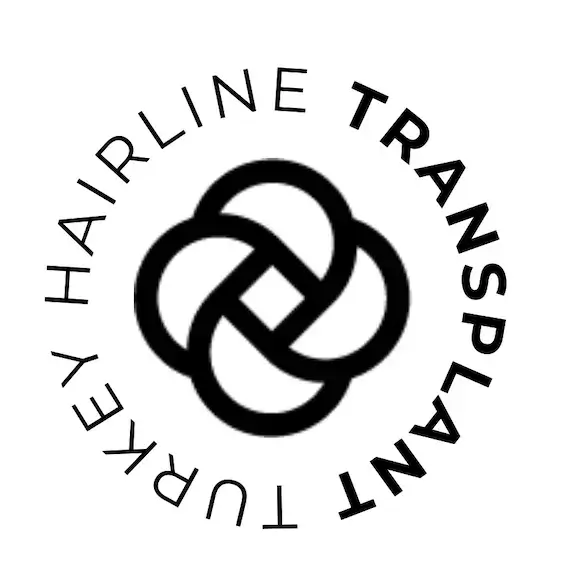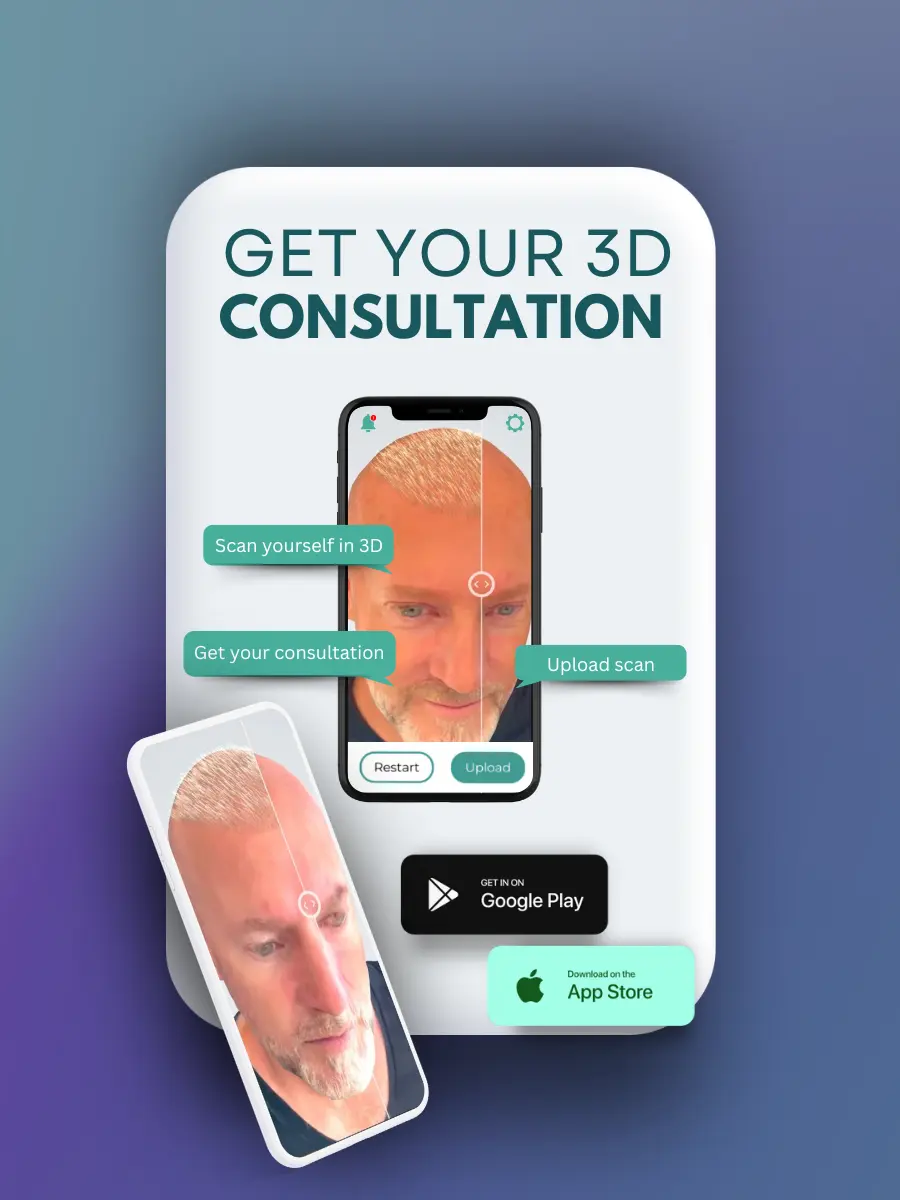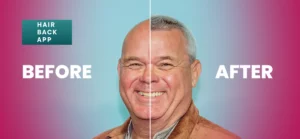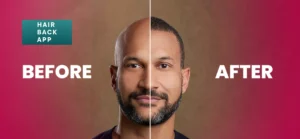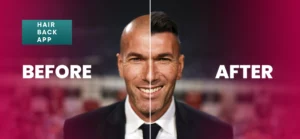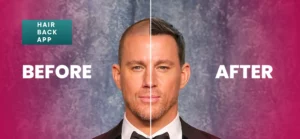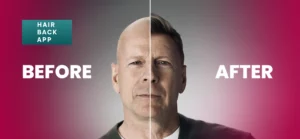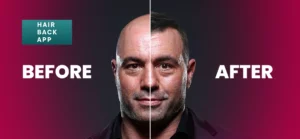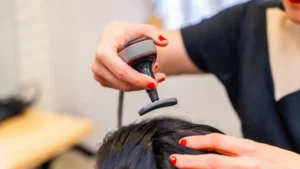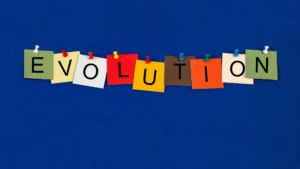Hair loss is a common concern that affects people of various ages, and the desire for a full head of hair transcends generational boundaries. As technology and medical advancements continue to redefine the possibilities of hair loss treatments, the question arises: How old do you have to be to get a hair transplant?
How Old Do You Have to Be to Get a Hair Transplant: Understanding the Basics
Before diving into the age aspect, let’s briefly understand what a hair transplant entails. Hair transplantation is a surgical procedure where hair follicles are taken from one part of the body (usually the back or sides of the scalp) and transplanted to the area experiencing hair loss. This procedure is often sought after by individuals looking to restore their hairline, cover bald patches, or simply enhance their overall appearance. Want to know how old you have to be to get a hair transplant? Read on.
How Old Do You Have to Be to Get a Hair Transplant: The Ideal Candidate
While age is a factor, it’s not the only consideration when determining the suitability for a hair transplant. The ideal candidate is generally in good health, has a stable supply of donor hair, and realistic expectations about the outcomes. However, the age at which individuals seek hair transplants can vary.
Age and Hair Loss Patterns
Hair loss can occur at different ages for various reasons. Some individuals experience hair loss in their twenties, while others maintain a full head of hair well into their fifties. The age at which someone decides to get a hair transplant often correlates with their specific hair loss pattern and personal comfort level.
Early-Onset Hair Loss
Younger individuals, experiencing early-onset hair loss, may be candidates for a hair transplant if their hair loss pattern has stabilized. It’s crucial to assess whether the individual has finished or nearly finished their natural hair loss progression. Rushing into a transplant at a young age may result in the need for additional procedures as hair loss continues over time.
Mature Hair Loss
On the other hand, individuals in their forties or fifties might also consider hair transplants. The procedure can effectively address receding hairlines, thinning crowns, and other age-related hair loss issues. The key is to ensure that the individual is in good health and has realistic expectations about the results.
How Old Do You Have to Be to Get a Hair Transplant: Consultation with a Specialist
Determining the ideal age for a hair transplant requires a personalized approach. Consulting with a qualified hair restoration specialist is crucial to assess individual factors such as the extent of hair loss, overall health, and the availability of donor hair.
During a consultation, the specialist will evaluate the individual’s unique situation and discuss the potential risks and benefits of the procedure. They may also consider the individual’s family history of hair loss, as this can provide insights into the progression of future hair loss.
Technological Advancements in Hair Transplants
Advancements in hair transplant technology have expanded the age range for potential candidates. Innovative techniques such as Follicular Unit Extraction (FUE) and Follicular Unit Transplantation (FUT) have revolutionized the field, making hair transplants more accessible and effective.
FUE: A Minimally Invasive Option
The FUE Hair Transplant involves extracting individual hair follicles directly from the donor area and transplanting them to the recipient area. This minimally invasive technique reduces scarring and downtime, making it an attractive option for individuals of various ages.
DHI: The Most Advanced
The DHI Hair Transplant is an advanced hair transplantation technique that involves the direct implantation of hair follicles from the donor area to the recipient area without the need for the creation of recipient sites beforehand. It is a refinement of the traditional Follicular Unit Extraction (FUE) method and offers several advantages in terms of precision, efficiency, and reduced recovery time.
DHI is the current most advanced method of hair transplants
FUT: Traditional but Effective
FUT involves removing a strip of skin from the donor area, extracting individual follicles, and transplanting them. While it leaves a linear scar, the procedure can be highly effective, especially for individuals with extensive hair loss.
How Old Do You Have to Be to Get a Hair Transplant: Psychological Impact
Beyond the physical aspects, it’s essential to consider the psychological impact of hair loss and the potential benefits of a hair transplant. Many individuals experience a significant boost in self-esteem and confidence after the procedure, regardless of their age.
Age and Expectations
Understanding the relationship between age and expectations is crucial when considering a hair transplant. While the procedure can significantly improve the appearance and restore confidence, it’s essential for individuals to have realistic expectations about the results, regardless of their age.
1. Understanding the Aging Process:
Age impacts not only the rate of hair loss but also the natural aging process. Hair transplants can address specific areas of thinning or baldness, but they may not halt the natural aging of the hair. As individuals age, the texture, color, and thickness of their hair naturally change. It’s crucial to understand that a hair transplant does not stop the aging process but rather enhances the appearance of specific areas.
2. Setting Realistic Goals:
When considering a hair transplant, individuals should set realistic goals based on their unique situation. While the procedure can provide a fuller head of hair and improve overall aesthetics, it’s not a guarantee of achieving the exact hairline or density one had in their youth. Consulting with a specialist helps individuals understand the achievable outcomes and set realistic expectations.
3. Managing Expectations by Age Group:
Age can influence the expectations individuals have for their hair transplant. Younger individuals seeking a transplant often desire to regain a youthful appearance and a full head of hair. It’s essential for them to understand that multiple procedures may be necessary over the years to address ongoing hair loss. On the other hand, older individuals may be satisfied with a more conservative approach, aiming for improved density and coverage rather than a complete restoration.
4. Considering Hair Quality:
The quality of existing hair plays a significant role in determining the final outcome of a hair transplant. Younger individuals, in general, may have healthier and more robust donor hair, contributing to better results. Older individuals may experience changes in hair quality, and a thorough assessment helps manage expectations about the feasibility of achieving certain aesthetic goals.
5. Addressing Real-Life Variables:
Real-life variables, such as stress, lifestyle, and overall health, can impact the success of a hair transplant. Individuals of different age groups may face varying levels of stress or lifestyle challenges, affecting the healing process and overall results. A comprehensive approach involves addressing these variables during consultations to ensure realistic expectations based on individual circumstances.
6. Long-Term Planning:
For younger individuals considering a hair transplant, it’s crucial to adopt a long-term perspective. Understanding that hair loss may continue over the years allows for strategic planning and multiple procedures if needed. Older individuals may focus on maintaining the results achieved through their transplant and addressing any future concerns as they arise.
7. Open Communication with Specialists:
The key to managing expectations is open communication with hair restoration specialists. Specialists can provide insights into the potential outcomes based on individual factors, helping individuals make informed decisions. Honest discussions about limitations, possible future procedures, and the aging process contribute to a transparent and realistic understanding of what a hair transplant can achieve.
8. Embracing the Journey:
Regardless of age, individuals should approach a hair transplant as a journey rather than a one-time fix. Embracing the evolving nature of hair and understanding that adjustments may be necessary over time fosters a positive mindset. A comprehensive approach involves not only achieving initial goals but also adapting to changes and embracing the journey towards maintaining a satisfying and natural-looking appearance.
How Old Do You Have to Be to Get a Hair Transplant: The Importance of a Comprehensive Approach
Deciding to undergo a hair transplant is a multifaceted process that extends beyond merely considering age factors. A comprehensive approach involves a thorough assessment of various aspects to ensure the best possible outcome for the individual. Here are key elements to consider:
1. Overall Health Evaluation:
Before embarking on a hair transplant journey, it’s essential to assess the individual’s overall health. Conditions such as diabetes, autoimmune disorders, or other health issues can impact the success of the procedure. A comprehensive health evaluation helps identify potential risks and allows the medical team to tailor the approach accordingly.
2. Lifestyle Factors:
Lifestyle plays a crucial role in the success of a hair transplant. Factors such as smoking, excessive alcohol consumption, and poor nutrition can negatively affect the healing process. A comprehensive approach involves addressing these lifestyle factors to optimize the conditions for successful transplantation.
3. Hair Quality and Density:
The quality and density of existing hair contribute significantly to the success of a hair transplant. A comprehensive assessment includes an evaluation of the individual’s natural hair to determine how well it complements the transplanted hair. This evaluation helps set realistic expectations regarding the final aesthetic outcome.
4. Non-Surgical Alternatives:
In some cases, individuals may benefit from non-surgical alternatives before considering a hair transplant. Medications, topical treatments, and low-level laser therapy are among the options that can help slow down hair loss or stimulate regrowth. A comprehensive approach involves exploring these alternatives based on the individual’s unique needs.
5. Aesthetic Goals and Expectations:
Understanding the individual’s aesthetic goals and expectations is paramount. A comprehensive approach includes open and honest communication between the patient and the medical team to ensure that expectations align with what the procedure can realistically achieve. Clear communication fosters a partnership that enhances the overall experience and satisfaction with the results.
6. Post-Transplant Care Plan:
Comprehensive care doesn’t end with the procedure itself. A well-defined post-transplant care plan is essential for optimal healing and long-term results. This plan may include specific instructions for cleaning, medication, and follow-up appointments to monitor progress and address any concerns promptly.
How Old Do You Have to Be to Get a Hair Transplant: Celebrity Influence and Social Trends
In the age of social media and constant connectivity, celebrities play a significant role in shaping public perceptions and influencing trends, including those related to cosmetic procedures like hair transplants. Here’s an exploration of the impact of celebrity influence and social trends on the decision-making process.

1. Destigmatizing Cosmetic Procedures:
Celebrities openly sharing their experiences with hair transplants contribute to destigmatizing cosmetic procedures. By normalizing the conversation around hair restoration, they empower individuals to make informed choices about enhancing their appearance.
2. Reducing Taboos and Shame:
Hair loss, especially at a young age, can be emotionally challenging, leading to feelings of embarrassment or shame. Celebrities sharing their personal journeys with hair transplants help break down taboos and normalize the idea that seeking medical intervention for hair loss is a personal choice, free from judgment.
3. Inspiring Confidence:
Celebrities who openly discuss their successful hair transplant experiences often become sources of inspiration for individuals facing similar challenges. Knowing that public figures have overcome hair loss concerns and regained confidence can motivate others to explore available options.
4. Technological Advancements and High-Profile Cases:
High-profile individuals often have access to the latest technological advancements in cosmetic procedures. When celebrities showcase their positive experiences with innovative hair transplant techniques, it can drive public interest in these advancements, prompting individuals to seek similar cutting-edge solutions.
5. Social Media Influence:
Social media platforms amplify the influence of celebrities, allowing them to connect directly with their audience. Real-time updates, before-and-after photos, and candid discussions on platforms like Instagram and Twitter create a relatable narrative that resonates with individuals contemplating hair transplants.
6. Shaping Beauty Standards:
Celebrities, by virtue of their visibility, contribute to shaping societal beauty standards. When influential figures embrace their natural hair or share their transformative experiences with hair transplants, it challenges conventional notions of beauty and encourages a more inclusive and accepting perspective.
7. Promoting Informed Decision-Making:
While celebrity influence is powerful, it’s essential for individuals to approach their decision-making process with a discerning eye. A comprehensive approach involves researching various aspects of the procedure, consulting with qualified specialists, and making decisions based on individual needs rather than solely following trends.
Conclusion
In conclusion, the age at which someone should get a hair transplant is subjective and depends on various factors. The key is to undergo a thorough consultation with a qualified specialist who can assess individual circumstances and provide personalized recommendations. Technological advancements have made hair transplants more accessible and effective, offering individuals the opportunity to achieve a natural-looking and long-lasting result.
If you’re considering a hair transplant, remember that age is just one factor in the decision-making process. The most important aspect is to choose a reputable and experienced hair restoration specialist who can guide you through the journey to hair rejuvenation, helping you achieve the results you desire. Whether you’re in your twenties dealing with early hair loss or in your fifties seeking to reverse the signs of aging, a well-informed decision can lead to a satisfying and confidence-boosting outcome.
